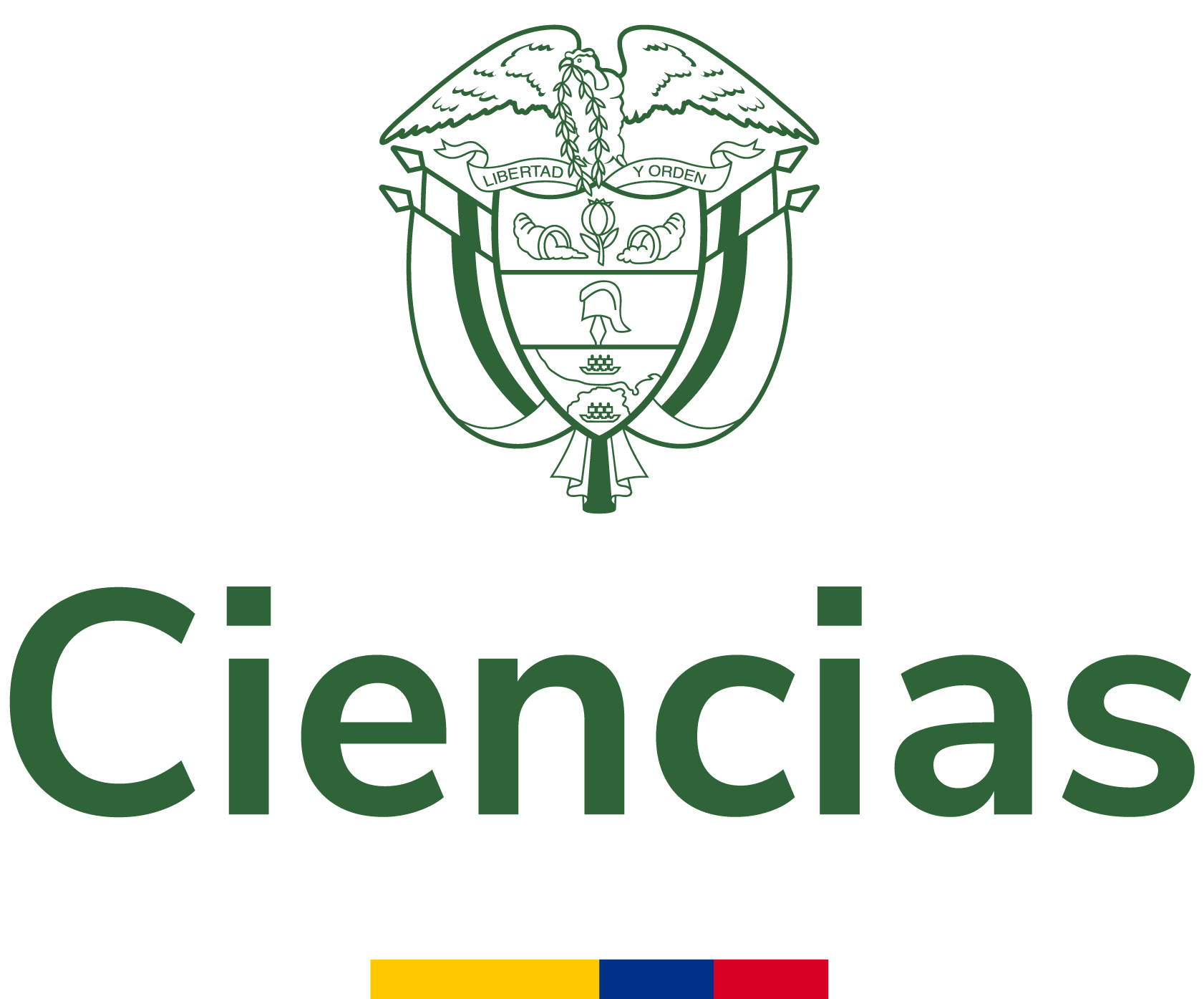Hyperheuristics for public transport planning
This article presents an algorithm that establishes stops and routes for buses to extend the existing transport lines. The newly developed algorithm is based on a hyperheuristic approach, whose main feature is its ability to choose and apply the most convenient metaheuristics at the diff er...
- Autores:
- Tipo de recurso:
- Fecha de publicación:
- 2018
- Institución:
- Universidad Católica de Pereira
- Repositorio:
- Repositorio Institucional - RIBUC
- Idioma:
- spa
- OAI Identifier:
- oai:repositorio.ucp.edu.co:10785/9696
- Acceso en línea:
- https://revistas.ucp.edu.co/index.php/entrecienciaeingenieria/article/view/21
http://hdl.handle.net/10785/9696
- Palabra clave:
- Rights
- openAccess
- License
- https://creativecommons.org/licenses/by-nc/4.0/deed.es_ES
| id |
RepoRIBUC_db5eec71985356799dbd388b079cfe4b |
|---|---|
| oai_identifier_str |
oai:repositorio.ucp.edu.co:10785/9696 |
| network_acronym_str |
RepoRIBUC |
| network_name_str |
Repositorio Institucional - RIBUC |
| repository_id_str |
|
| spelling |
Hyperheuristics for public transport planningHiperheurística para el planeamiento del transporte públicoHiperheurística para o planejamento do transporte públicoThis article presents an algorithm that establishes stops and routes for buses to extend the existing transport lines. The newly developed algorithm is based on a hyperheuristic approach, whose main feature is its ability to choose and apply the most convenient metaheuristics at the diff erent stages of the search process. Besides, it is shown how computing times are reduced using parallel programming and through a strategy that minimizes the number of evaluations. The case under study arises from an existing need in Bahia Blanca city (Argentina), where the neighbors have asked for more accessibility in the public transport service.Este artículo presenta un algoritmo que establece paradas y rutas de autobuses para extender líneas de transporte existentes. El algoritmo desarrollado se basa en una híperheurística, cuya característica principal es su capacidad para seleccionar y aplicar las metaheurísticas más convenientes en las diferentes etapas del proceso de búsqueda. Además, se muestra cómo se reducen los tiempos computacionales mediante programación paralela y una estrategia para minimizar el número de evaluaciones. El caso de estudio analizado surge de una necesidad existente en la ciudad de Bahía Blanca (Argentina), donde los vecinos han solicitado que el servicio de transporte público sea más accesible.Este artigo apresenta um algoritmo que estabelecem paradas e rotas de ônibus para ampliar as linhas de transporte existentes. O algoritmo desenvolvido baseia-se em uma hiperheurística, cuja principal característica é a sua capacidade de selecionar e aplicar as metaheurísticas mais convenientes nos diferentes estágios do processo de busca. Além disso, mostra como os tempos computacionais são reduzidos pela programação paralela e uma estratégia para minimizar o número de avaliações. O estudo de caso analisado decorre de uma necessidade existente na cidade de Bahía Blanca (Argentina), onde os residentes solicitaram que o serviço de transporte público seja mais acessível.Universidad Católica de Pereira2022-06-01T19:08:15Z2022-06-01T19:08:15Z2018-10-05Artículo de revistahttp://purl.org/coar/resource_type/c_6501http://purl.org/coar/version/c_970fb48d4fbd8a85info:eu-repo/semantics/articleinfo:eu-repo/semantics/publishedVersionhttp://purl.org/coar/resource_type/c_2df8fbb1application/pdfapplication/xmlhttps://revistas.ucp.edu.co/index.php/entrecienciaeingenieria/article/view/2110.31908/19098367.3709http://hdl.handle.net/10785/9696Entre ciencia e ingeniería; Vol 12 No 23 (2018); 103-108Entre Ciencia e Ingeniería; Vol. 12 Núm. 23 (2018); 103-108Entre ciencia e ingeniería; v. 12 n. 23 (2018); 103-1082539-41691909-8367spahttps://revistas.ucp.edu.co/index.php/entrecienciaeingenieria/article/view/21/18https://revistas.ucp.edu.co/index.php/entrecienciaeingenieria/article/view/21/1156https://creativecommons.org/licenses/by-nc/4.0/deed.es_ESinfo:eu-repo/semantics/openAccesshttp://purl.org/coar/access_right/c_abf2Rodríguez, Diego AlejandroOteiza, Paola PatriciaBrignole, Nelida Beatrizoai:repositorio.ucp.edu.co:10785/96962025-01-27T23:59:32Z |
| dc.title.none.fl_str_mv |
Hyperheuristics for public transport planning Hiperheurística para el planeamiento del transporte público Hiperheurística para o planejamento do transporte público |
| title |
Hyperheuristics for public transport planning |
| spellingShingle |
Hyperheuristics for public transport planning |
| title_short |
Hyperheuristics for public transport planning |
| title_full |
Hyperheuristics for public transport planning |
| title_fullStr |
Hyperheuristics for public transport planning |
| title_full_unstemmed |
Hyperheuristics for public transport planning |
| title_sort |
Hyperheuristics for public transport planning |
| description |
This article presents an algorithm that establishes stops and routes for buses to extend the existing transport lines. The newly developed algorithm is based on a hyperheuristic approach, whose main feature is its ability to choose and apply the most convenient metaheuristics at the diff erent stages of the search process. Besides, it is shown how computing times are reduced using parallel programming and through a strategy that minimizes the number of evaluations. The case under study arises from an existing need in Bahia Blanca city (Argentina), where the neighbors have asked for more accessibility in the public transport service. |
| publishDate |
2018 |
| dc.date.none.fl_str_mv |
2018-10-05 2022-06-01T19:08:15Z 2022-06-01T19:08:15Z |
| dc.type.none.fl_str_mv |
Artículo de revista http://purl.org/coar/resource_type/c_6501 http://purl.org/coar/version/c_970fb48d4fbd8a85 info:eu-repo/semantics/article info:eu-repo/semantics/publishedVersion |
| dc.type.coar.fl_str_mv |
http://purl.org/coar/resource_type/c_2df8fbb1 |
| status_str |
publishedVersion |
| dc.identifier.none.fl_str_mv |
https://revistas.ucp.edu.co/index.php/entrecienciaeingenieria/article/view/21 10.31908/19098367.3709 http://hdl.handle.net/10785/9696 |
| url |
https://revistas.ucp.edu.co/index.php/entrecienciaeingenieria/article/view/21 http://hdl.handle.net/10785/9696 |
| identifier_str_mv |
10.31908/19098367.3709 |
| dc.language.none.fl_str_mv |
spa |
| language |
spa |
| dc.relation.none.fl_str_mv |
https://revistas.ucp.edu.co/index.php/entrecienciaeingenieria/article/view/21/18 https://revistas.ucp.edu.co/index.php/entrecienciaeingenieria/article/view/21/1156 |
| dc.rights.none.fl_str_mv |
https://creativecommons.org/licenses/by-nc/4.0/deed.es_ES info:eu-repo/semantics/openAccess http://purl.org/coar/access_right/c_abf2 |
| rights_invalid_str_mv |
https://creativecommons.org/licenses/by-nc/4.0/deed.es_ES http://purl.org/coar/access_right/c_abf2 |
| eu_rights_str_mv |
openAccess |
| dc.format.none.fl_str_mv |
application/pdf application/xml |
| dc.publisher.none.fl_str_mv |
Universidad Católica de Pereira |
| publisher.none.fl_str_mv |
Universidad Católica de Pereira |
| dc.source.none.fl_str_mv |
Entre ciencia e ingeniería; Vol 12 No 23 (2018); 103-108 Entre Ciencia e Ingeniería; Vol. 12 Núm. 23 (2018); 103-108 Entre ciencia e ingeniería; v. 12 n. 23 (2018); 103-108 2539-4169 1909-8367 |
| institution |
Universidad Católica de Pereira |
| repository.name.fl_str_mv |
|
| repository.mail.fl_str_mv |
|
| _version_ |
1844494388880736257 |






